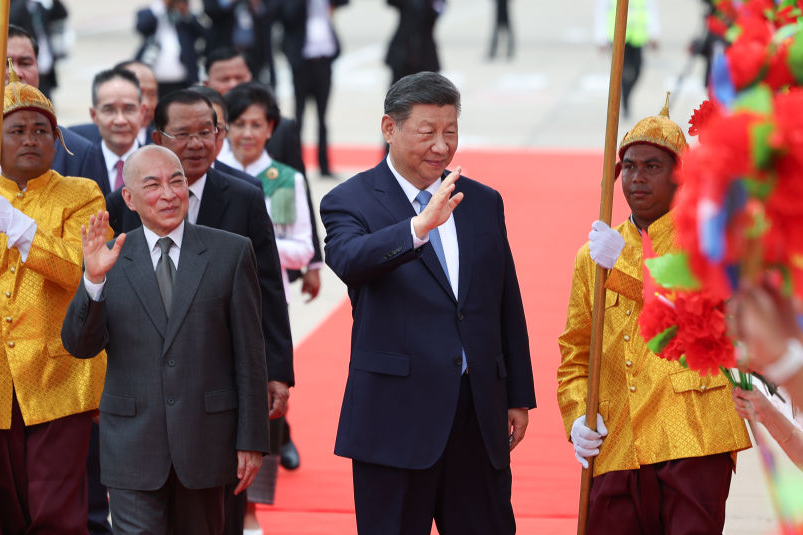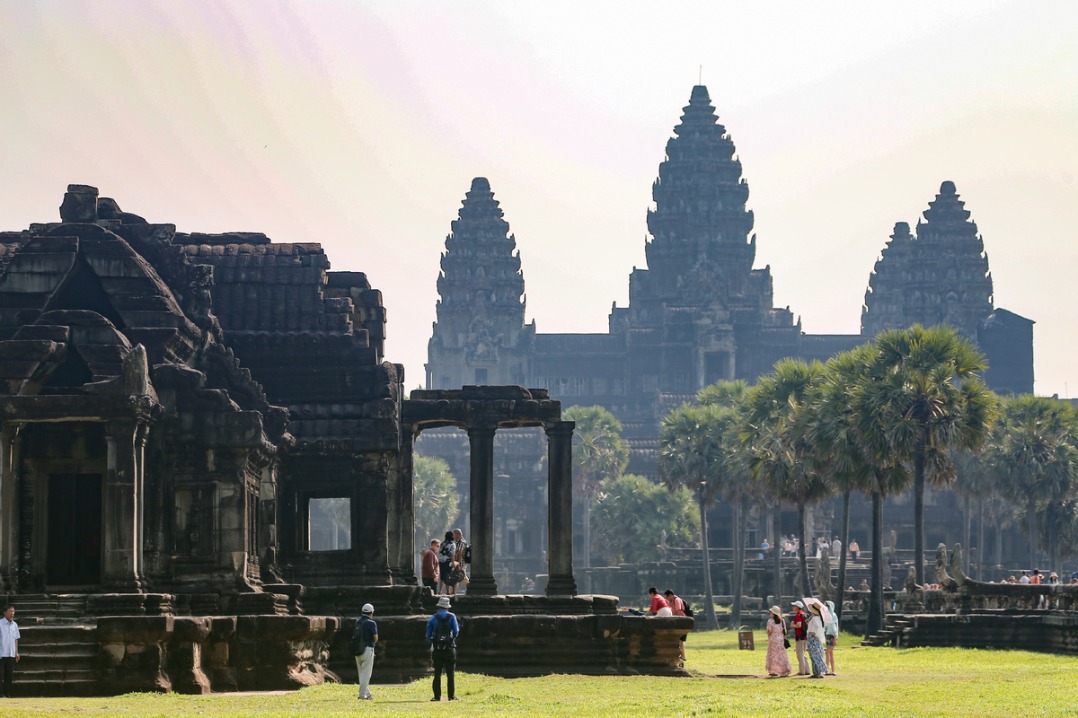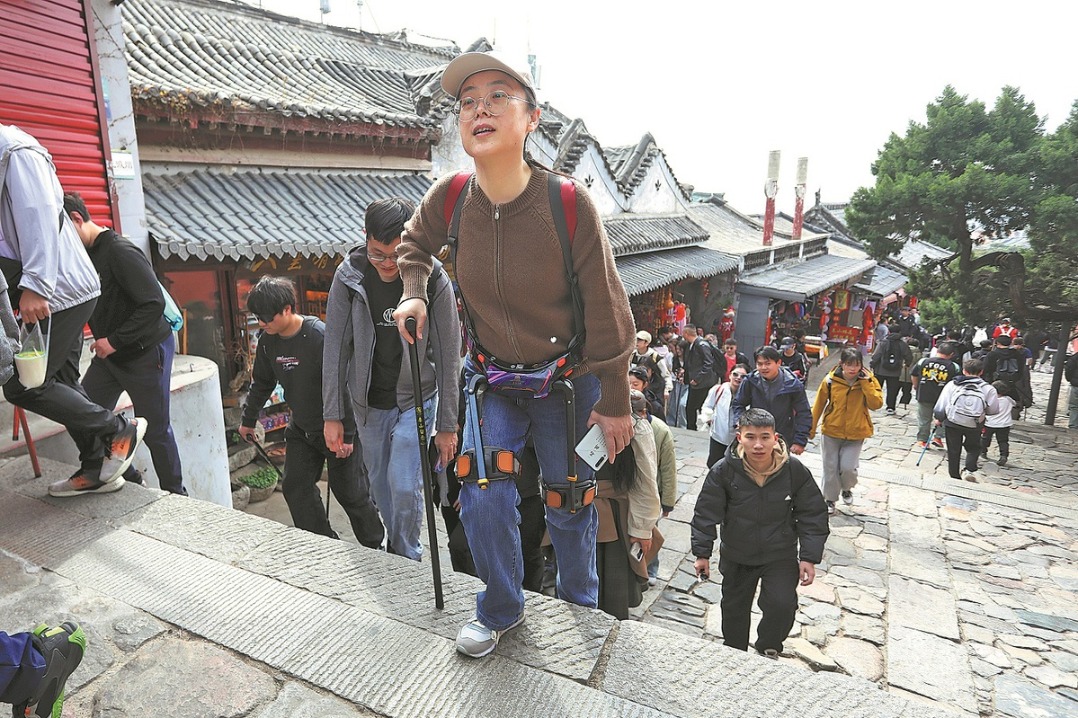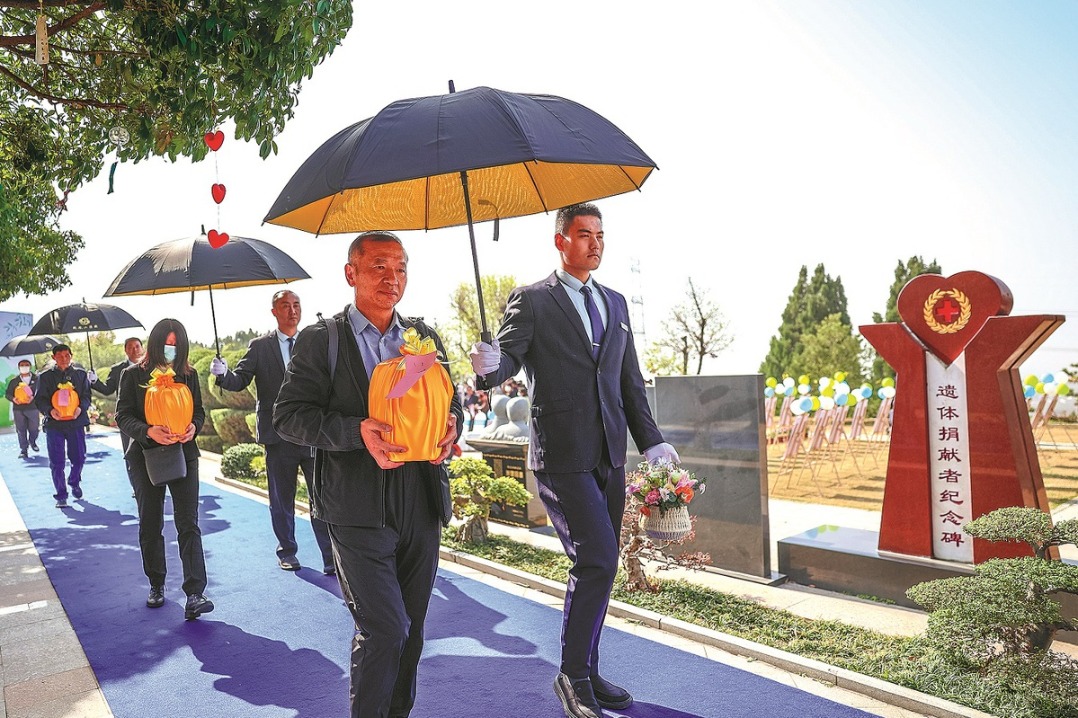Sports tourism meeting people's diverse needs
By Li Hai | CHINA DAILY | Updated: 2022-07-29 07:06

Chinese people may not be that familiar with sports tourism but it is one of the fastest growing sectors of tourism, because an increasing number of people are showing interest in sports activities during tours even if sports is not the main objective of their travel. Marathons, cycling, hiking and camping fall in the realm of sports tourism.
Sports tourism refers to tourism involving participation in or watching sports events and staying in an environment different from the usual tourist hotels or resorts. The origin of sports tourism can be traced back to Ancient Greece where people traveled to Olympia to watch or take part in Olympic competitions. Modern sports tourism, on the other hand, started in the 1990s.
But sports tourism is still an emerging sector, and has not drawn enough attention in China. There is also a lack of research to gauge its true potential. However, given that Chinese authorities attach great importance to people's health, sports tourism, in many ways, can meet people's demand for both leisure and physical activity while facilitating consumption upgrading (that is, the growing demand for high-quality, higher-priced goods and services) and development of the tourism industry.
In fact, many local governments have already unleashed consumption potential by introducing various products and services to integrate sports and tourism. For example, according to Mafengwo, a travel service and social networking platform, sports-related tourism content in Beijing and Zhangjiakou, Hebei province, increased 145 percent year-on-year, with the number of such tourists rising by 600 percent in Zhangjiakou thanks to the 2022 Winter Olympic Games.
The success of the Beijing Winter Olympics in promoting winter sports has led to the dramatic increase in the demand for sports tourism and the gradual but steady integration of sports and tourism.
Sports tourism is the fastest growing segment of the tourism industry today, with an annual growth rate of about 15 percent globally. In China, however, the growth rate is 30-40 percent despite a slow start.
According to Qichacha, a data bank that tracks business registrations, newly registered sports-tourism enterprises in China increased from 52,400 in 2019 to 235,200 in 2021. Along with this, the rapid development of related companies will accelerate the integration of the sports and tourism industries.
Also, the integration of sports and tourism products will eventually lead to the integration of the sports and tourism markets to meet people's diversified consumption demand. Which in turn will lead to deeper cooperation between the tourism and cultural departments, and help them realize high-quality development.
Consumption upgrading has also expedited the development of "Red tourism"-a type of tourism in which people visit sites with historical importance for communism in China-prompting market players to focus more on tourists' sentiments and cater to their sense of history.
For example, hiking in former revolutionary bases and landmark sites has become a part of sports tourism which, apart from meeting the demand of people, particularly youths, for outdoor activities also helps them gain better knowledge of the heroic deeds of the people who sacrificed (and were ready to sacrifice) their lives for the nation.
Then there's rural tourism, which consists of fishing, hiking, horse riding and other outdoor activities, which plays a vital role in rural construction. Rural tourism, too, has been attracting many tourists.
Against the backdrop of consumption upgrading and anti-pandemic measures, people are paying more attention to health and environmental safety, which will help integrate the sports and tourism industries and make sports tourism a driver of sustainable development.
And since wellness tourism is a new trend among the elderly people, by integrating sports and wellness tourism, the authorities can address some of the challenges of a rapidly aging society by promoting this tourism sector.
In short, the rapid growth of sports tourism will help meet people's leisure needs and boost the high-quality development in China.
The views don't necessarily reflect those of China Daily.
The author is director of the School of Economics and Management, Shanghai University of Sport. The views don't necessarily reflect those of China Daily.
If you have a specific expertise, or would like to share your thought about our stories, then send us your writings at opinion@chinadaily.com.cn, and comment@chinadaily.com.cn.
























